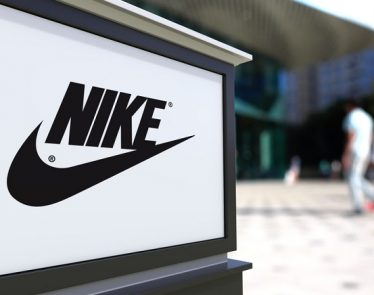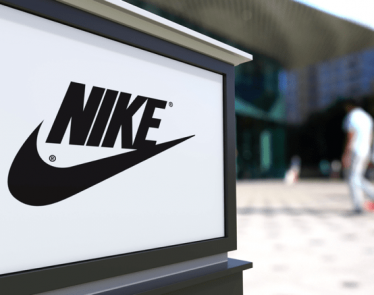
Nike Inc.’s (NYSE:$NKE) announcement last month that the company will – for the first time – start selling some of its products on Amazon.com (NASDAQ:$AMZN) caught the attention of many investors. On July 13, Nike made yet another announcement that threw both the e-commerce and retail industry for a loop.
With a goal to strengthen its online presence – a reaction of many retailers thanks to increasing consumer preference for e-commerce – Nike will be making some products available on Facebook (NASDAQ:$FB)-owned social media app Instagram. Nike will be using Instagram’s shopping tags, which enables users to see a product’s description and price by tapping on an image of the product. In some cases, users can even be linked to Nike’s website.
While Nike had resisted Amazon for years, fearing that selling its products through the company’s e-commerce site would make Nike lose its firm control over its own brand, the athletic-apparel company has embraced the use of Instagram as a way to interact with consumers. Nike currently has more than 73 million followers on its official account. Taking that number into consideration, along with the fact that most of Nike’s followers follow the account by choice, it is no wonder Nike chose to partner with Instagram as part of its efforts to expand digitally.
Nike’s decision to launch its partnership with Amazon and Instagram at the same time suggest that the athletic-apparel company values this new platform for product sales.
Why big-name brands love Instagram
Instagram, a photo-sharing based social media app, is one of the main social media choices for brands who wish to engage with their customers. Designed for users to quickly consume multiple aesthetically pleasing photos, it is no wonder why fashion brands in particular have taken to Instagram to engage with customers or fans.
With 700 million average users a month, Instagram as more users than any other social networks besides Facebook. Instagram’s engagement rates, particular with fashion and/or beauty brands, are a lot higher than both Twitter and Facebook – two of the biggest social media sites today. With 73 million followers, Nike’s Instagram posts typically see about 1 million likes or views.
Brands + Instagram = a golden e-commerce opportunity?
Because of its status as an advertising platform (and quite a strong one, at that), Instagram has been slow in tapping into its e-commerce potential.
While other social media platforms have failed to integrate into e-commerce – mainly through experimental “buy” buttons – Instagram has thrived ever since it launched its own version of a buy button two years ago. Over those two years, Instagram has partnered with other big-name brands like J.Crew (NYSE:$JCG), Kate Spade (NYSE:$KATE), and Warby Parker (traded privately), allowing them to make use of the same shopping tag that Nike will begin to use.
For Instagram, the act of integrating ecommerce into its platform is one that must be done with carefulness. This is because Instagram’s primary purpose is to serve as a social media platform – meaning engagement between users, not producing sales. Still, e-commerce can be a huge advantage for Instagram when it comes to additional revenue, especially since it offers brands something Amazon can’t: a platform where millions of consumers want to actively engage with brands.
Nike’s launch on Amazon is more of a defense tactic than anything else, taking into consideration the fact that that its decision to partner with the e-commerce site occurred during a rough time for the retail industry. Brands don’t particularly like Amazon due to the fact that it often undermines brand names in order to sell.
However, Nike’s launch on Instagram can be seen as an offensive move – especially given the fact that most of its followers on the platform are there to willingly engage with the brand and it’s not being undermined. As such, adding an option where Nike’s followers can purchase products shown in Nike’s posted photos should only help improve engagement and sales.
Instagram has begun assembling a team to work on its e-commerce sector for the next two to four years. Although the future is still uncertain when it comes to Instagram and its relationship with e-commerce, the potential for high levels of success is looking pretty big. With a large number of active users, great user engagement, and a top choice for social media engagement amongst beauty and fashion brands, Instagram could challenge Amazon in a way almost no other companies – retail or e-commerce – can.
Featured Image: Depositphotos/© prykhodov












